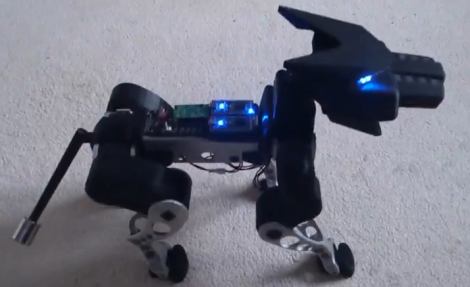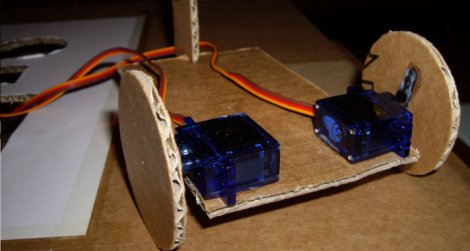
A few guys from Rutgers showed up at Maker Faire with Navi, their vehicle for the 2012 Intelligent Ground Vehicle Competition. Powered by two huge lead acid batteries, Navi features enough high-end hardware to hopefully make it through or around just about any terrain.
Loaded up with a laser range finder, a stereo camera setup, compass, GPS receiver, and a pair of motors capable of pulling 40A, Navi has the all the hardware sensors required to make it around a track with no human intervention. Everything is controlled by a small netbook underneath the control panel, itself loaded up with enough switches and an 8×32 LED matrix to be utterly incomprehensible.
In the videos after the break, the guys from Rutgers show off the systems that went into Navi. There’s also a video showing off Navi’s suspension, an impressive custom-built wishbone setup that will hopefully keep Navi on an even keel throughout the competition.
Also of note: A PDF design report for Navi and Navi’s own blog.
Continue reading “Intelligent Autonomous Vehicle Makes It To Maker Faire”















